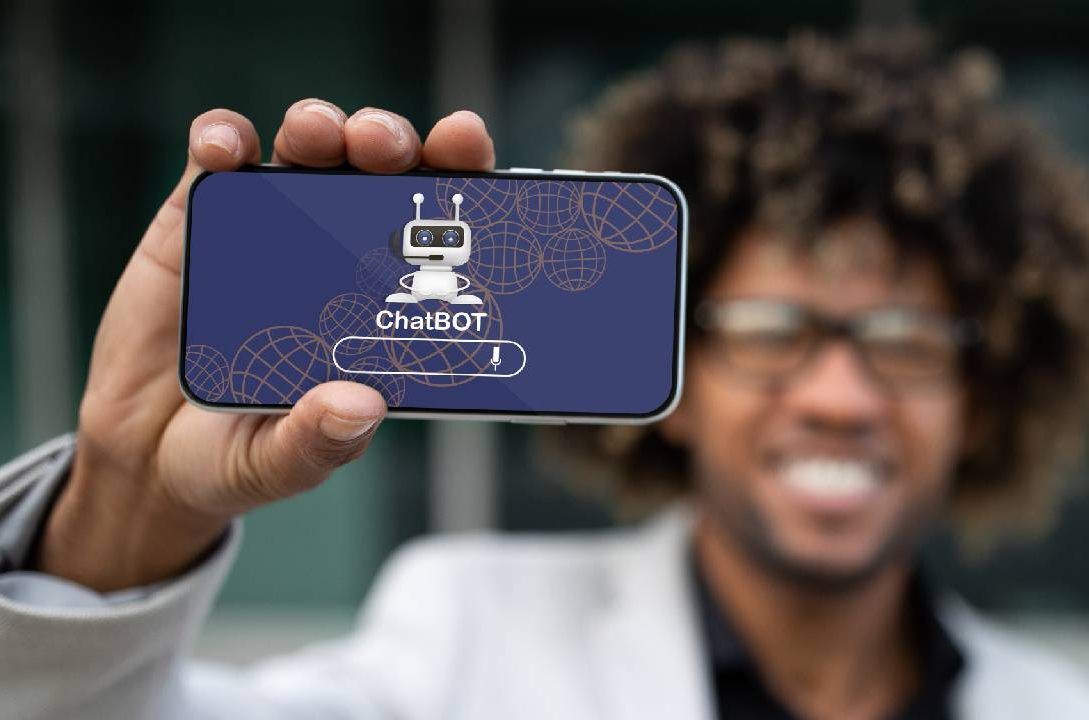The evolution of artificial intelligence has revolutionized the way businesses interact with their customers. In the world of conversational AI, two dominant players stand out: ChatGPT and traditional chatbots. While both aim to facilitate human-like interactions between machines and users, they differ significantly in their capabilities and applications.
In this exclusive showdown, we’ll explore the key distinctions between ChatGPT and traditional chatbots, helping you decide which one is the right fit for your specific needs.
Natural Language Understanding
- Traditional Chatbots: Traditional chatbots typically rely on pre-programmed rules and structured data to interpret and respond to user queries. They often struggle with understanding the context, nuances, and subtleties of human language.
- ChatGPT: ChatGPT, powered by state-of-the-art language models, excels in natural language understanding. It can comprehend context, detect sentiment, and engage in more human-like conversations. Its ability to adapt to a wide range of topics and user inputs makes it highly versatile.
Conversation Flow
- Traditional Chatbots: Traditional chatbots follow predetermined decision trees, leading to rigid and often frustrating interactions. Users can quickly become frustrated when a chatbot can’t understand or respond appropriately to their queries.
- ChatGPT: ChatGPT has the upper hand in this round. Its open-ended nature allows for more flexible and natural conversation flow. It doesn’t rely on fixed decision trees, enabling dynamic and context-aware interactions.
Training and Customization
- Traditional Chatbots: Traditional chatbots require extensive manual programming and rule definition. Customization is limited, and any significant change in the bot’s behavior necessitates developer intervention.
- ChatGPT: ChatGPT benefits from continuous machine learning and can be fine-tuned for specific tasks or industries. Customization is more accessible, allowing for a tailored conversational experience. This adaptability is a game-changer for businesses with diverse needs.
Multilingual Capabilities
- Traditional Chatbots: Traditional chatbots are often limited in their language capabilities, requiring separate deployments for each language.
- ChatGPT: ChatGPT can understand and respond in multiple languages, eliminating the need for separate deployments and streamlining multilingual customer support.
Cost and Maintenance
- Traditional Chatbots: Traditional chatbots often require high upfront development costs and ongoing maintenance. Scaling and adapting to changing customer demands can be resource-intensive.
- ChatGPT: ChatGPT offers a more cost-effective solution for many businesses. It reduces development overhead and maintenance costs, making it an attractive choice for both small and large enterprises.

Conclusion
In this exclusive showdown, ChatGPT emerges as the heavyweight champion in the world of conversational AI. Its natural language understanding, adaptable conversation flow, training and customization options, multilingual capabilities, and cost-effectiveness give it a competitive edge over traditional chatbots.
However, it’s important to note that the choice between ChatGPT and traditional chatbots ultimately depends on your specific business requirements. If you need a simple, rule-based solution for straightforward tasks, a traditional chatbot may suffice. On the other hand, if you seek a versatile, human-like conversational AI that can adapt to a wide range of user interactions, ChatGPT is your go-to option. The future of AI-driven customer engagement is evolving, and ChatGPT is at the forefront, offering businesses an exciting way to provide superior user experiences.
Related Posts:
Get Started with a free 15 -day trial
No credit card required for Trial Plan
Continue using starter plan for free forever, after trial or upgrade to Premium Subscription






